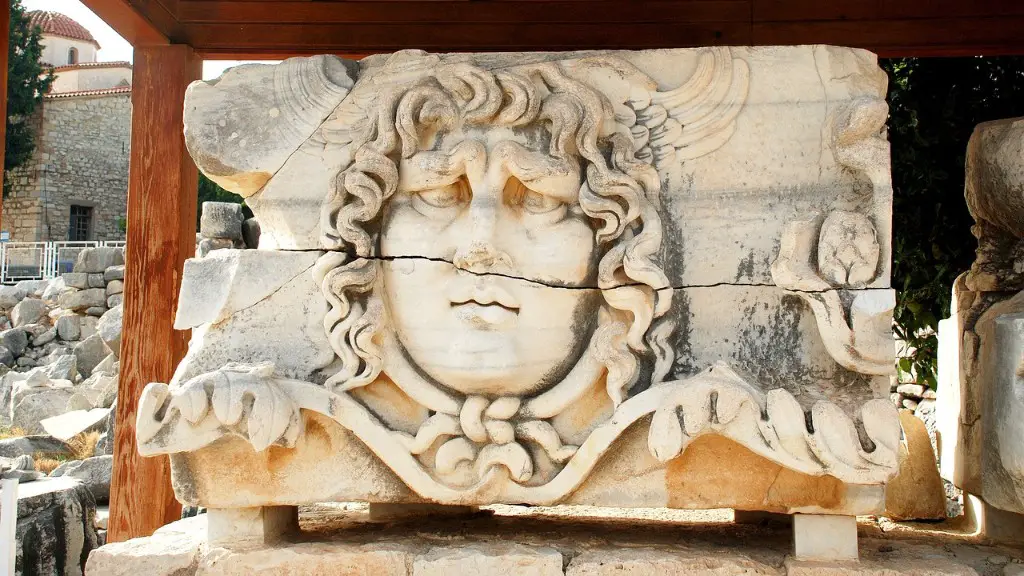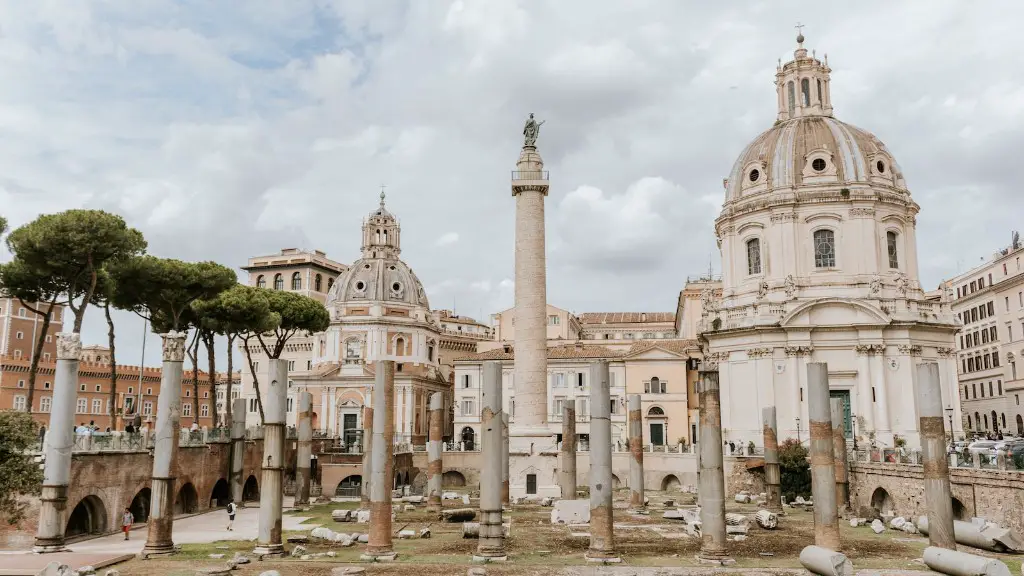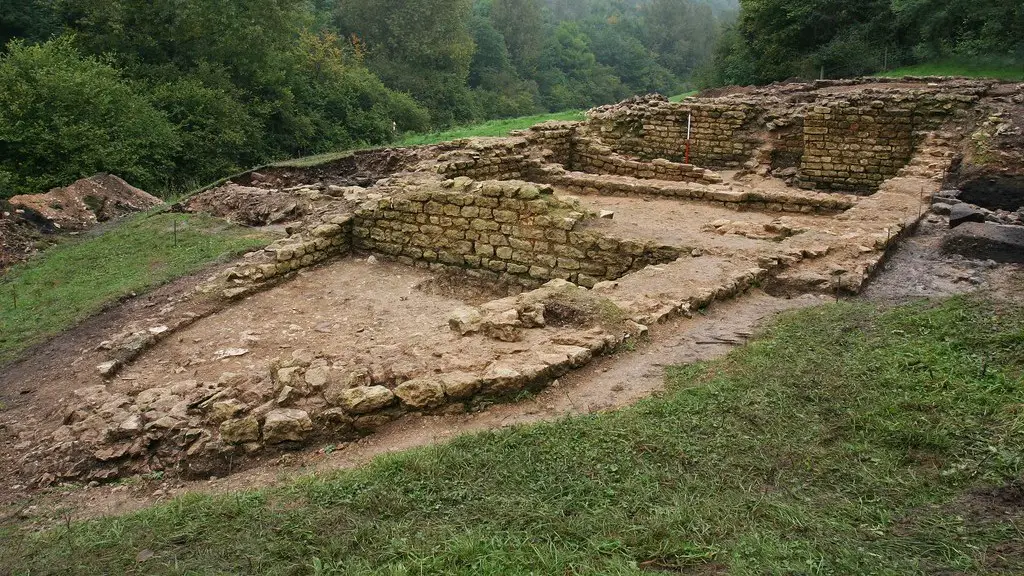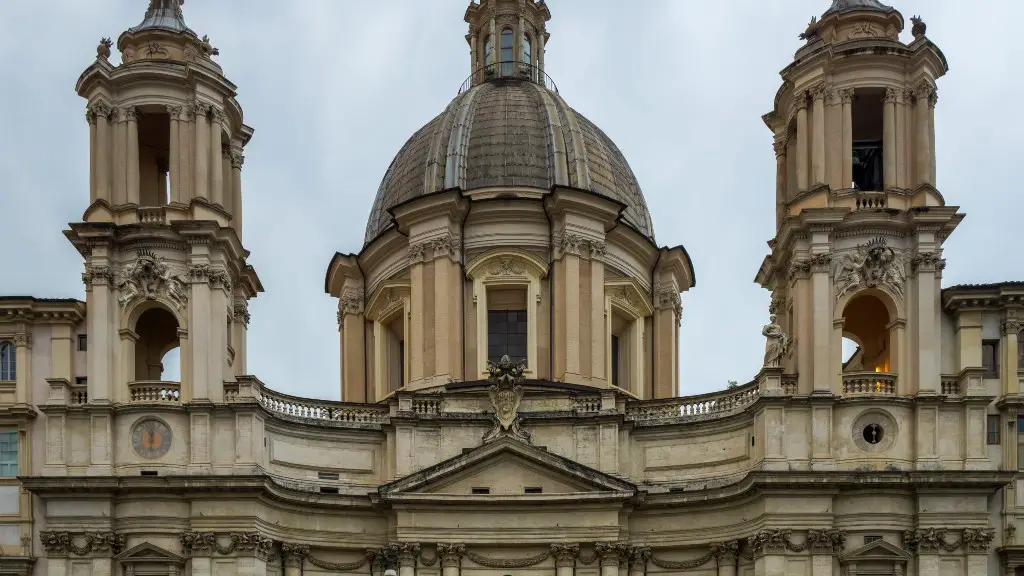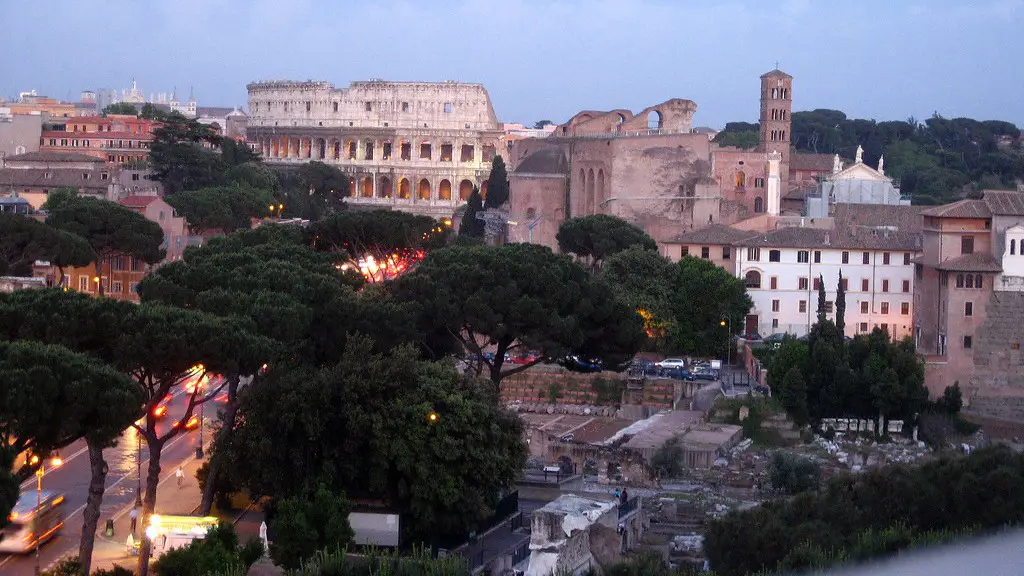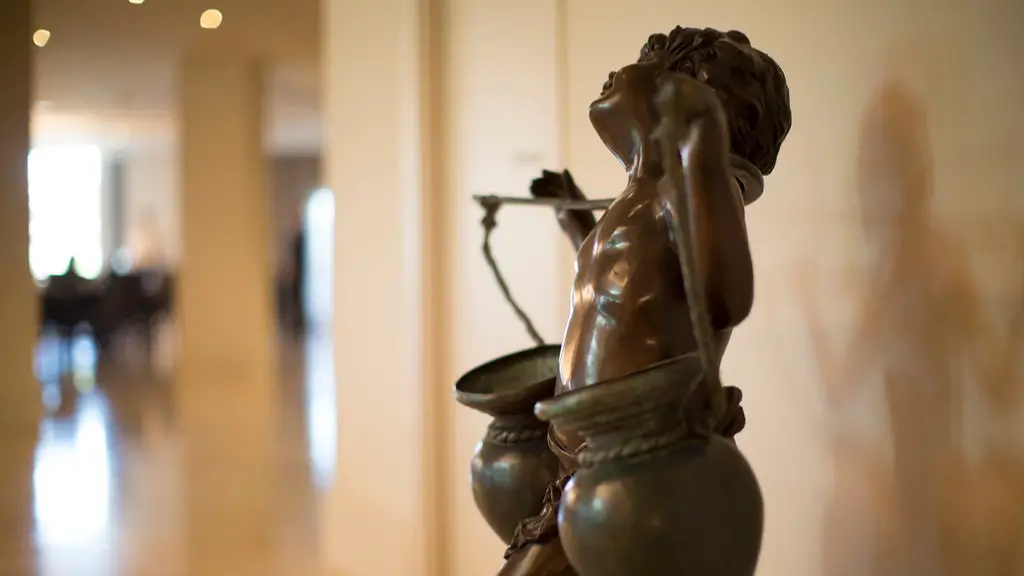The ancient city of Rome has a long and mysterious history. Its origin, architecture and legacy are a source of great fascination for many. One aspect that has made the city such an iconic and lasting presence is the array of nicknames it has accrued over the years. Some are benign and commonplace, others far more intriguing. So what was Ancient Rome’s nickname and why?
Rome has been called ‘The Eternal City’ for centuries. It was first proposed by the Roman poet Tibullus, who proclaimed the city would endure “as long as the world itself.” Historians still use the nickname to refer to Rome’s sense of immortality, unmatched in any other city. Historian David Potter describes this sentiment as, “a unique mix of sentiment and legend that endures, even though much of the city itself has changed over the centuries.”
The Romans themselves christened their city as the ‘Capital of the World.’ It’s an idea that was pervasive throughout the Roman Empire, and indeed, it informed much of the religious, artistic and architectural aspects of the culture. Rome was a powerful center and many of its institutions dominated the world for centuries. It would be hard to find a period in which the city did not feature prominently in many facets of life.
Rome was once known as ‘The City of the Seven Hills.’ The origin of this nickname is, as one might guess, due to the city’s location atop seven hills – Aventine, Esquiline, Quirinal, Palatine, Viminal, Caelian, and Capitoline. Each hill offers a different perspective of the city, with ancient ruins, cobblestone streets, and greenery around every corner. This imagery is still associated with Rome and its seven hills today.
Another ancient Roman nickname is ‘The Breadbasket of the Mediterranean.’ Much of its greatness can be attributed to the fertile soils and agreeable climates in the region. Rome’s strong economy and vibrant culture have been sustained in part because of the bountiful crop yields it produces. It’s a title of distinction that continues to be echoed today in the cuisine, tradition and commerce of Rome.
The phrase ‘The Eternal City’ has been applied to many places in history, but none has been so enduring as Rome. It’s no surprise, then, that its various nicknames have come to represent different aspects of the city’s presence, both ancient and modern. From “The Capital of the World” to “The Breadbasket of the Mediterranean,” the names invoke a sense of mystery and appreciation for Rome in all its glory.
The Impact of Ancient Rome’s Legacy
Ancient Rome’s impact on the world is still evident to this day. Its influence is felt in architecture, language, art, and even in legal systems. The city’s legacy has been deeply embedded in the fabric of everyday life throughout its long history and its many nicknames have served to commemorate the city’s greatness.
Rome has been known as a “shining city on a hill” and a “civilization of great ambition and achievement”. The city was an empire that at its height endured for centuries, leaving a lasting mark on the world. Its architectures inspired the great works of the Renaissance and its political influence is still felt in the form of modern democracies.
Beyond its impact on other countries and cultures, Rome has also been a place of innovation and creativity. Its literature, art and music have captivated audiences throughout the ages. Its many monuments and archaeological sites have been the site of astute research initiatives, offering new insights into the times of antiquity.
The city has also been a major cultural center and a place where many of the world’s great minds have resided. Philosophers, writers and artists have all been fostered in some way by the city of Rome and its unique heritage. This cultural input has helped to shape our understanding of the world.
Social and Political Development in Ancient Rome
Rome’s history of social and political development is remarkable. It can be traced back to its earliest days, when the Roman Republic was established. Over the centuries, the government established many popular political institutions, including the Senate, the magistrates, and the plebeian assembly. These political developments helped to shape the Roman Empire and its lasting impact on the world.
Rome also developed its own legal system. This system was both simple and effective, and it was adopted by many other countries throughout the centuries. It is still in use today in many places, including the United States and the UK.
Social and political developments in ancient Rome also saw the establishment of some of our most enduring institutions. Some of the monuments and infrastructure built during this time remain standing and represent the best of Rome’s legacy. Examples include the aqueducts, the Colosseum, and the Roman Forum.
The most important legacy of Rome is its political and social structure. These structures have been adopted in many countries and remain viable today. Roman law became the basis for many modern legal systems and resulted in the establishment of many international and national structures. This has enabled many countries to function and remain safe.
The Influence of Ancient Rome on Religion
Religion always played an important role in Ancient Rome. The city was home to numerous cults and beliefs. It was also a center for Christianity in the early days of the faith. Many of the Roman gods and goddesses were adopted by the early Christians, with many churches taking on the design of temples and other pagan places of worship.
The Roman Empire also spread Christianity to many other parts of the world. It had a strong influence on the beliefs of many people in the Middle East, Africa, and Asia. This enabled Christianity to quickly gain a foothold in many parts of the world.
Roman law also heavily influenced many aspects of the Christian faith. This was done in part to ensure that the new religion had a political system to protect it, as well as a strong legal code. The Roman Empire was especially tolerant towards Christianity and this helped to ensure its spread.
The influence of Ancient Rome on religion is still felt today in many parts of the world. Many churches feature symbols with Roman roots, and many of the religious services are still inspired by rituals of worship practiced in Ancient Rome.
The Cultural Impact of Ancient Rome
Ancient Rome has influenced not only the political and social institutions of the world, but also the culture. It has been a source of inspiration for many works of art and literature. From the plays of Plautus and Terence to the architectural works of Bramante and Michelangelo, Rome has been a prominent source of inspiration for centuries.
Rome also influenced music, with its own musical style influencing key figures such as Mozart, Beethoven, and Brahms. Its influence can also be heard in more recent works, such as U2’s “Where the Streets Have No Name”, which references the seven hills of Rome.
The culture of Rome was also responsible for many of the Western world’s most enduring traditions. From the Olympic Games to gladiatorial contests, Rome has left its mark on our culture. Its literature has also left a lasting mark on the English language, with many words and phrases originating from Latin.
Ancient Rome left an indelible imprint on the world. Its influence is still very much in evidence today. Its various nicknames and the impact of its culture on the world are a testament to its greatness, and to its lasting legacy.
